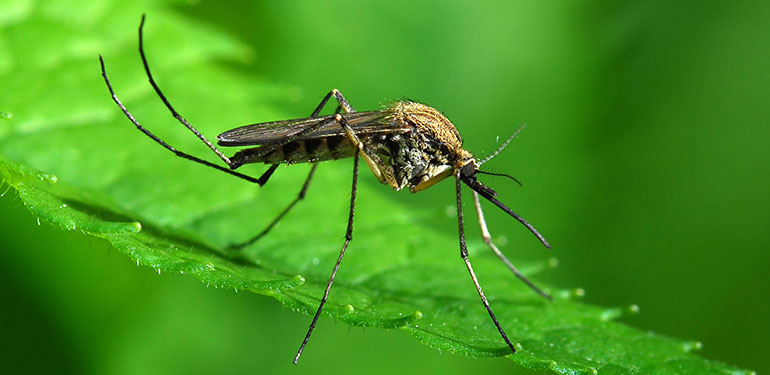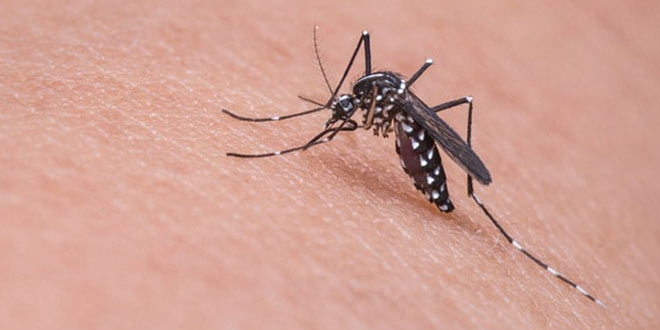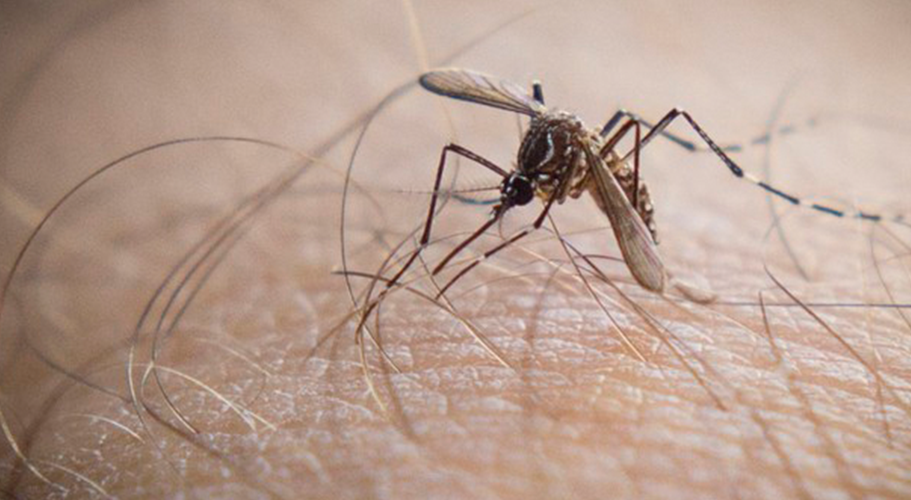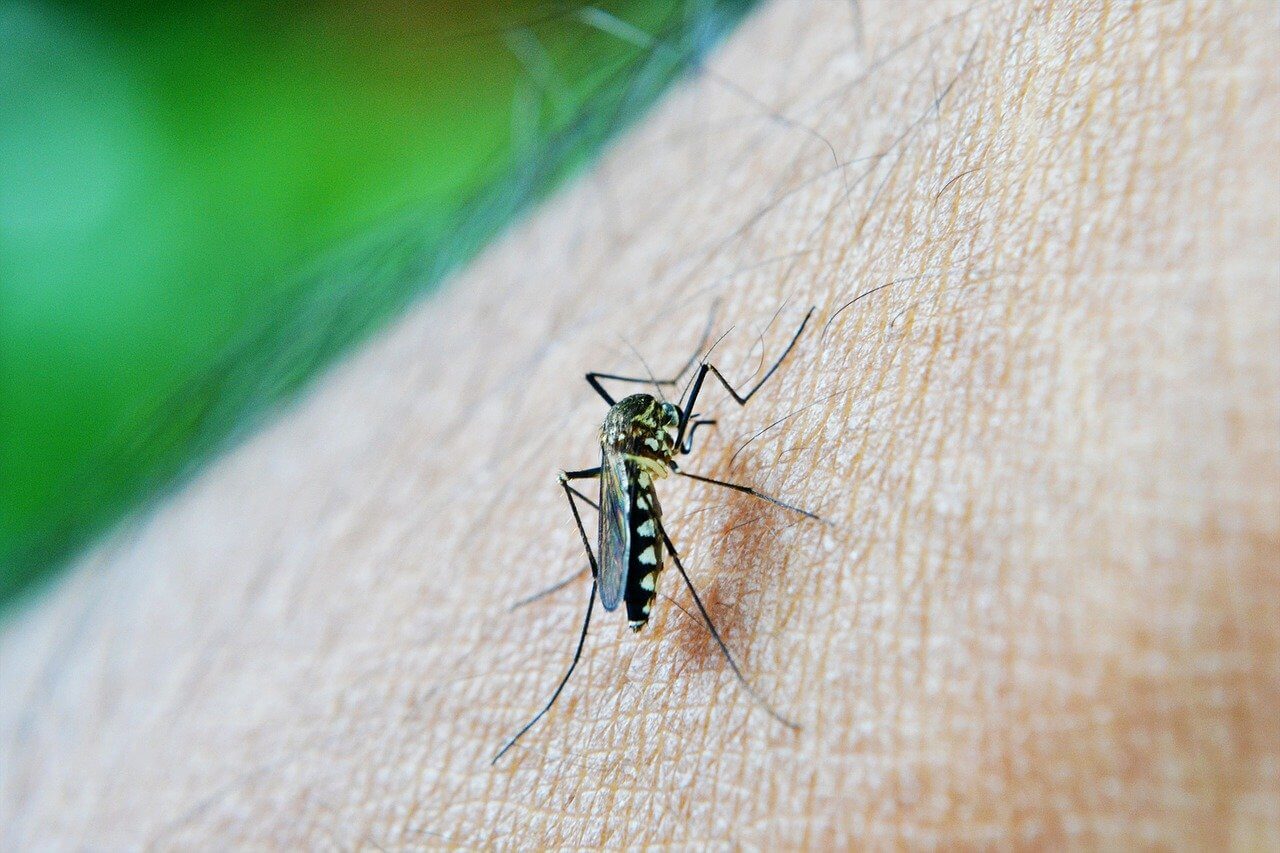
One-sixth of all infectious diseases are vector-borne diseases according to WHO
The World Health Organization (WHO) estimates that vector-borne diseases are more than one-sixth of all infectious diseases. In other words, diseases in which an intermediate organism, known as a vector, transmits a pathogen from one host to another. Many of these vectors, like mosquitoes or ticks, are insects which feed on blood. Hundreds of millions of cases and about 700,000 deaths per year arise from vector-borne illnesses. These diseases appear to be concentrated in tropical and subtropical regions and have a disproportionate effect on the poorest populations that may be impacted by factors such as inadequate housing, poor sanitation or restricted access to health care.
The effect of climate change on tropical and infectious diseases is difficult to forecast, but it seems likely that the regions in which insects spread infectious diseases will be reshaped by global warming. Because of the narrow temperature window that favours insect vector proliferation, zones with a certain prevalence of disease are likely to move, and insects which invade new regions that have previously been untouched. If this occurs, since the health systems and vector control networks are not equipped for it it can cause major problems.
Though India has a long history of some vector-borne diseases such as malaria, there are relatively new ones here such as Zika virus infection. Here's a brief look at five vector-borne illnesses in India that are prominently dominant.
- Infection by the Nipah virus
- Encephalitis from Japan
- Infection by the Zika virus
- Dengue fever
- Malaria
There is an urgent need for research to better understand the mechanisms of infection and the biology of the pathogens involved, to allow the creation of new and more efficient methods of prevention or treatment, given the significant impact of these diseases on human health, and the severe economic burden they inflict. The current crisis of COVID-19 illustrates to us the value of fundamental infectious disease studies. We already need to think about what the next global threats could be. Rigorous studies require time. It is very important to invest in research on diseases that we predict will become more common in the coming years to prevent human catastrophes.











